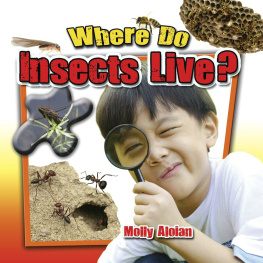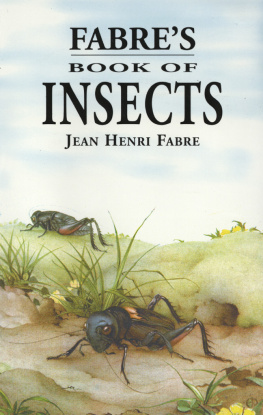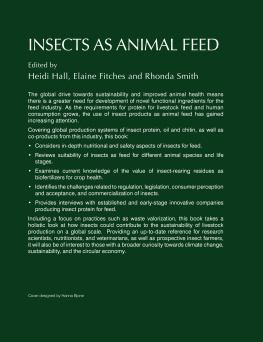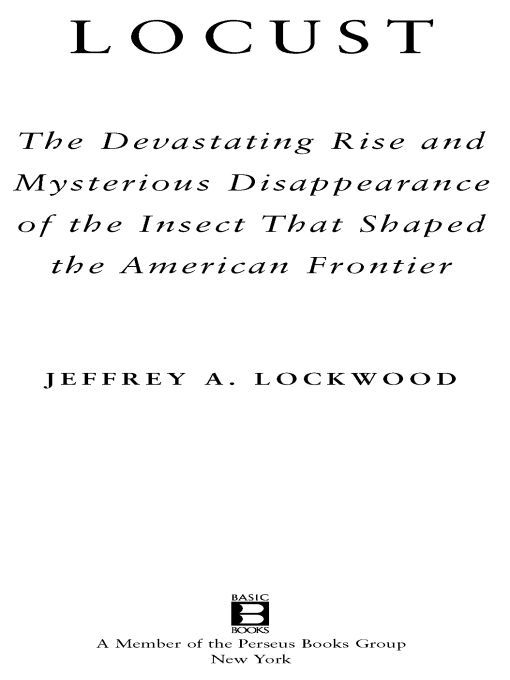Jeffrey A. Lockwood - Locust: The Devastating Rise and Mysterious Disappearance of the Insect That Shaped the American Frontier
Here you can read online Jeffrey A. Lockwood - Locust: The Devastating Rise and Mysterious Disappearance of the Insect That Shaped the American Frontier full text of the book (entire story) in english for free. Download pdf and epub, get meaning, cover and reviews about this ebook. year: 2005, publisher: Basic Books, genre: Religion. Description of the work, (preface) as well as reviews are available. Best literature library LitArk.com created for fans of good reading and offers a wide selection of genres:
Romance novel
Science fiction
Adventure
Detective
Science
History
Home and family
Prose
Art
Politics
Computer
Non-fiction
Religion
Business
Children
Humor
Choose a favorite category and find really read worthwhile books. Enjoy immersion in the world of imagination, feel the emotions of the characters or learn something new for yourself, make an fascinating discovery.

- Book:Locust: The Devastating Rise and Mysterious Disappearance of the Insect That Shaped the American Frontier
- Author:
- Publisher:Basic Books
- Genre:
- Year:2005
- Rating:4 / 5
- Favourites:Add to favourites
- Your mark:
Locust: The Devastating Rise and Mysterious Disappearance of the Insect That Shaped the American Frontier: summary, description and annotation
We offer to read an annotation, description, summary or preface (depends on what the author of the book "Locust: The Devastating Rise and Mysterious Disappearance of the Insect That Shaped the American Frontier" wrote himself). If you haven't found the necessary information about the book — write in the comments, we will try to find it.
Imagine looking up to see an ominous black cloud on the horizon. Now imagine your growing horror as you watch that cloud reveal itself as an immense, miles-wide swarm of ravenous insects. In Locust, entomologist Jeffrey A. Lockwood reveals the bizarre history of a bug responsible for killing countless settlers on the American plains. First-hand accounts of the Rocky Mountain locusts horrific depredations are reproduced in the book, and Lockwood adds his own vivid reconstructions:
We expect grasshoppers and locusts to consume our gardens and fields, but when these insects begin to feed on fabric and flesh something seems demonically amiss.... Although the settlers may have been astonished by the locusts voracity, they were appalled by the insects fierce cannibalism.
Swarms of locusts would touch down like tornadoes on homesteads and farms, stripping away every growing thing and desperately eating other insects in search of much-needed fat and protein. These hordes were thought by many, including the Mormon settlers in Utah, to be divine punishments, or at least signs from above. After describing the effects this insect had on the American frontier, Lockwood delves into the entomologic mystery of the locusts abrupt disappearance. Had they become extinct? Or gone into hiding in some ecological refuge? When Lockwood abandons history for science, his glee for his subject keeps the book moving, albeit slower than in the first few chapters. --Therese Littleton
From Publishers WeeklyTheres no dearth of eye-opening facts in this mostly fascinating, occasionally daunting, story of scientific sleuthing. Among them: North America is now the only inhabited continent without a locust species; in the years of greatest plague, 1874-1877, voracious swarms devoured half of Americas annual agricultural production; the vast infestation of 1875 comprised perhaps 3.5 trillion locusts, an incomprehensible biomass stacked as much as half a mile high, 110 miles wide and 1,800 miles long; and (_Fear Factor_ fans, take note) locusts, along with grasshoppers and crickets, were touted by one early entomologist as a nutritiously efficient food source. Lockwood (_Grasshopper Dreaming_), who fancies himself the Columbo of this particular disappearing-bug mystery, sometimes loses his lay readers in the fussiness of scientific methodology and the minutiae of genus nomenclature-including why the still-extant grasshopper is not a locust (however, the aside, We spend a lot of time peering at grasshopper penises, does cut nicely through the fog of jargon). His account details years of combing crumbling archives, dissecting desiccated specimens and finally drilling into fast-melting Rocky Mountain glaciers to retrieve slushy locust body parts-an obsessive quest to discover why a species unexpectedly vanished a century ago in just a few years. This is a compelling work of popular science and ecological conjecture, buttressed smartly by an observant cultural, political, agricultural and economic history of 19th-century frontier America.
Copyright Reed Business Information, a division of Reed Elsevier Inc. All rights reserved.
Jeffrey A. Lockwood: author's other books
Who wrote Locust: The Devastating Rise and Mysterious Disappearance of the Insect That Shaped the American Frontier? Find out the surname, the name of the author of the book and a list of all author's works by series.










